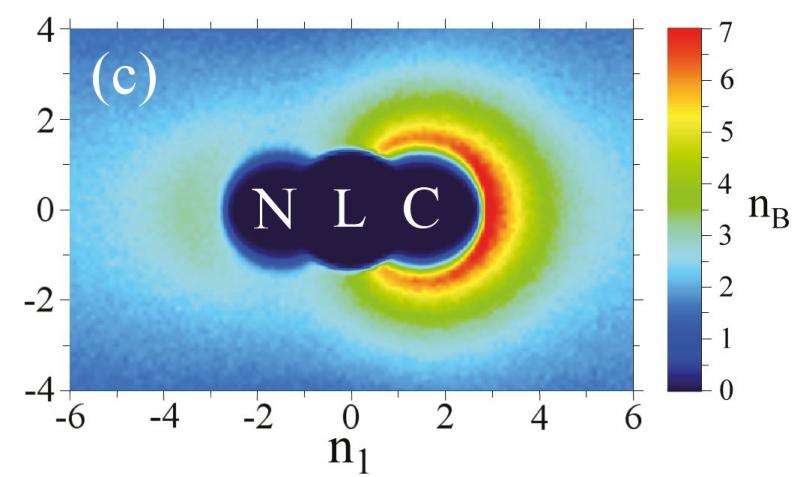Tumble-proof cargo transporter in biological cells

ver wondered how a molecular nanomotor works when repairing DNA or transporting material such as organelles in the cell? Typically, nanomotors move along biopolymer filaments to go about their duties in the cell. To do so, they use the energy of chemical reactions derived from their surroundings to propel themselves. In a new study published in EPJ E , Mu-Jie Huang and Raymond Kapral from the University of Toronto in Ontario, Canada show that small synthetic motors can attach to polymeric filaments and—unlike what previous studies showed—move along without changing either their shape or the direction in which they set out to move. This makes it possible to effectively deliver the substances they transport, such as anti-cancer drugs or anti-pollutants.
The team has designed these nanomotors to move using the spatial variations of the concentrations of chemical species that they produce themselves by means of chemical reactions on their surfaces. The main improvement brought by this study's findings is that even very small synthetic motors—possibly on the molecular scale of Angstroms, one ten-billionth of a meter—can operate efficiently without suffering from rapid tumbling and loss of initial direction.
The authors studied the motions of these nanomotors on a filament surrounded by solvent by creating a coarse-grained level biomimetic model featuring all chemical species as particles—namely, solvent molecules, the molecular building blocks of the filament and the motors themselves. The advantage: this approach accounts for disturbances stemming from the random motions of the solvent molecules and for macroscopic solvent fluid flows accompanying the motor motion.
They found that the local concentration of catalytic product helping fuel their movement leads to a reversal of the direction of the collective movement of nanomotors, provided that they are in high enough concentration. The work promises to stimulate further research on directed cargo transport.
More information: Mu-Jie Huang et al. Collective dynamics of diffusiophoretic motors on a filament, The European Physical Journal E (2016). DOI: 10.1140/epje/i2016-16036-3
Journal information: European Physical Journal E
Provided by SciencePOD



















